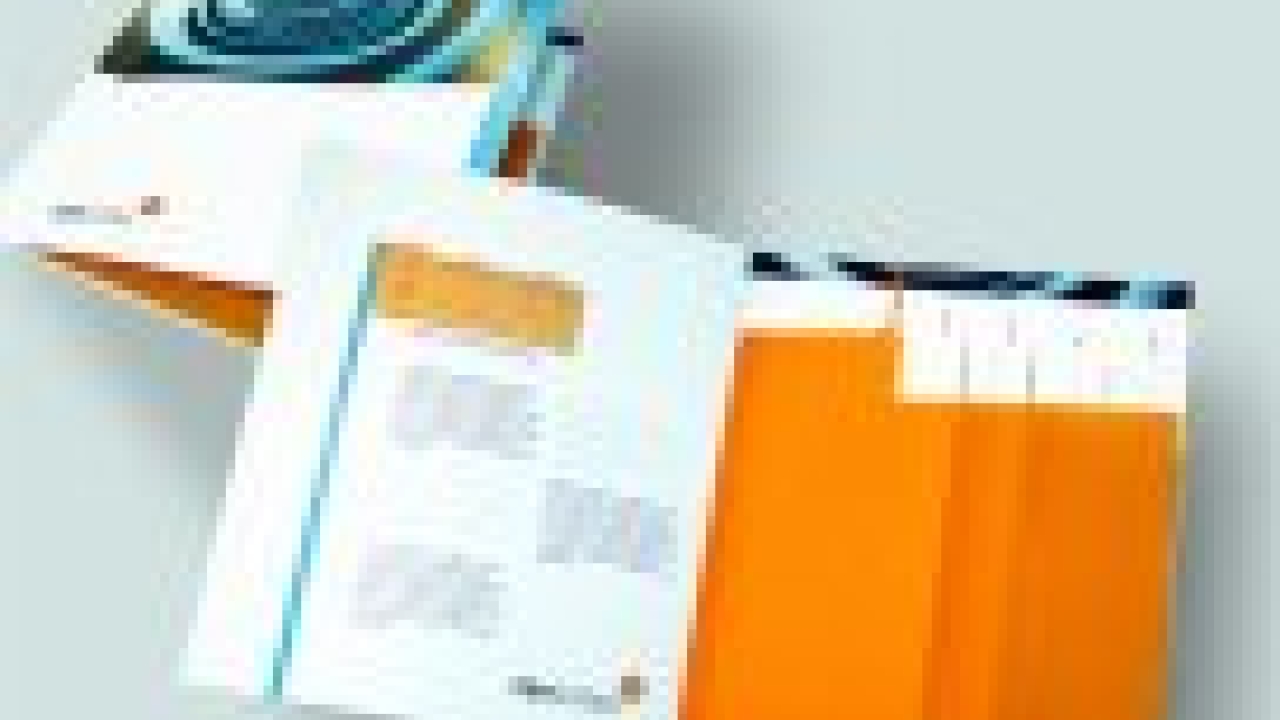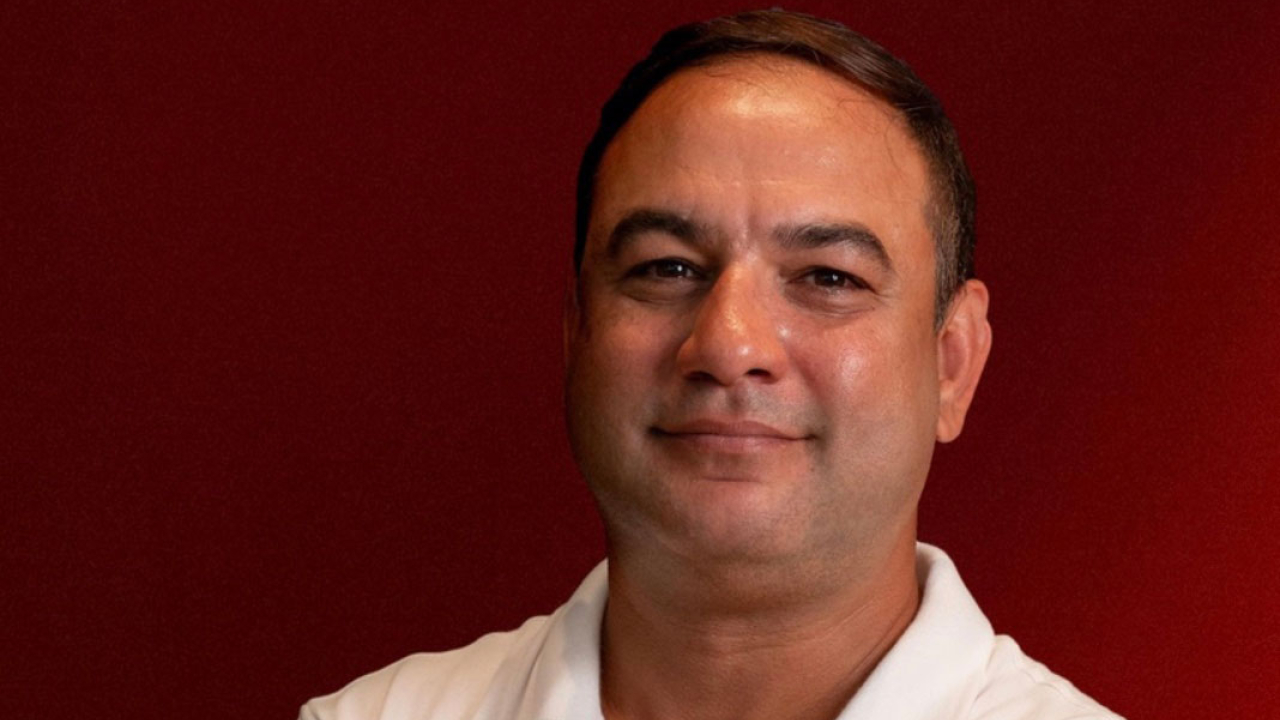Evonik introduces radiation technology systems for Latin American market

 Evonik Goldschmidt Corporation has introduced two radiation technology systems for labeling applications for the Latin American market that are claimed to lower energy costs, reduce production space requirements and provide fewer restrictions on materials, including those that are temperature sensitive.
Evonik Goldschmidt Corporation has introduced two radiation technology systems for labeling applications for the Latin American market that are claimed to lower energy costs, reduce production space requirements and provide fewer restrictions on materials, including those that are temperature sensitive.
These RC silicone systems are acrylate modified silicones, specifically designed to cure (dry) with ultraviolet light (UV) or electron beam (EB) energy. TEGO RC Silicones are silicone functional polymers that are 100 percent oligomeric and solvent-free. The technology is commonly used in applications for bottle, cosmetic, hygiene and food labeling as well as industrial applications.
The two UV curable silicone release systems produce release coatings without the use of heat, but differ in their underlying chemistries. The first is based on silicone acrylate and cures via a free radical mechanism, while the other release system uses epoxy silicones and cures in the presence of a cationic photo catalyst. Standard medium pressure mercury UV lamps (arc lamps) or microwave induced UV lamps (as used in normal UV printing and coating processes) can be used to cure both types of silicones.
Additional technological advantages of the cured silicones are that they can be used with heat sensitive films (PE, PP, PET, BOPP), they have absolute lay flat performance of paper backed substrates and there is a cost reduction because of the down-gauging of films. The cured silicones can operate at high line speeds and provide stable release value for most PSA’s.
The free radical curing silicone acrylates do not require a catalyst for UV curing. The curing mechanism is very robust and unaffected by impurities of the substrates. This allows the use of any substrates for siliconizing, especially any sort of paper substrates. The free radical curing silicones provide an unlimited choice of silicone base papers (SCK, Glassine, CCK, and PEK).
They also can be used with alternative low cost papers (printing, label face, magazine papers and with all filmic substrates including colored films and PVC). The free radical curing silicones have an extremely fast curing cycle and there is no need for post-curing.
TEGO RC Silicones can be applied by commonly used coating methods such as smooth (multi) roll or offset-gravure coater. The smooth roll system is the equipment of choice if wide web and high speed production is required. The individual adjustments of rollers enable a broad flexibility with regard to coating weight and quality.
‘The choice for the curing system depends on many factors,’ said Eduardo Gonzlez, Evonik Goldschmidt’s segment manager for release coatings for the Americas. ‘We are prepared to help our customers find a customized solution.’
In the second quarter of 2008, Evonik Goldschmidt will introduce a new portable UV chamber, 500mm wide, that will have two UV lamps with an output of 120W/cm each and a nitrogen inerting system that will be dedicated to the Latin America region. This portable (can be moved from customer to customer and different countries) unit will be used for evaluation of the technology and production trials at customer sites. The portable unit can run both free radical and cationic curing silicones.
Evonik has fully equipped technical centers, laboratories, and demonstration facilities in Hopewell, Virginia, USA and in Essen, Germany, but having a portable unit in the region will allow the company to demonstrate, at the customer site, the capabilities of the technology.
Stay up to date
Subscribe to the free Label News newsletter and receive the latest content every week. We'll never share your email address.

